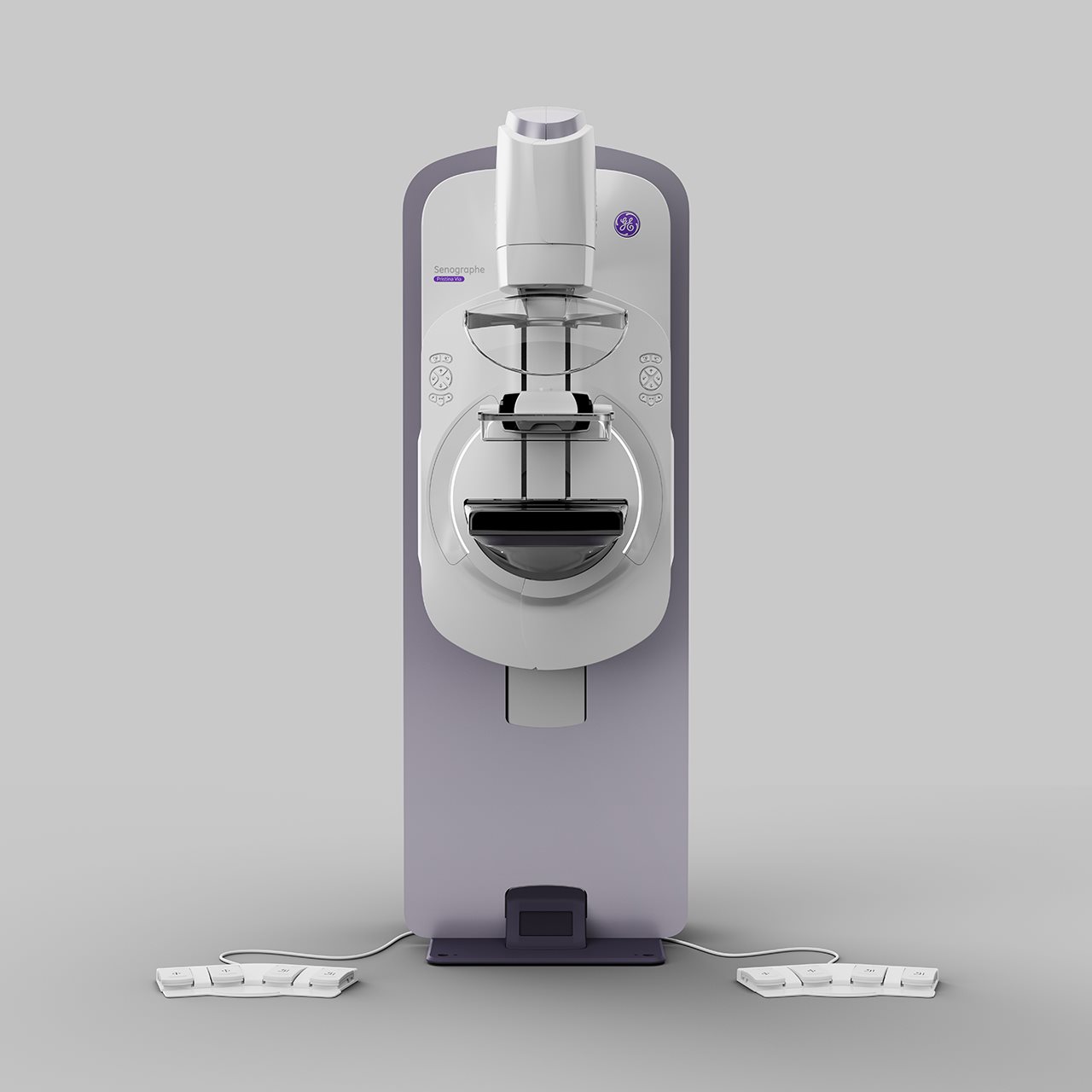Avoiding a breast exam? 5 misconceptions about mammograms debunked
(BPT) - Have you skipped or delayed your yearly mammogram? You're not alone. According to a 2023 MedStar Health survey, 59% of American women over 40 skip their annual mammogram, and almost a quarter say they've never had one.
There are several reasons why women forgo a mammogram, including myths that the procedure is uncomfortable and painful. However, mammograms are important diagnostic tests that can save lives and offer peace of mind.
Are you avoiding getting a mammogram because of common myths? Check out these five mammogram misconceptions and learn the truth about this critical healthcare procedure.
Myth 1: Mammograms are only necessary if you have a family history of breast cancer
Fact: The American College of Radiology (ACR) breast cancer screening guidelines recommend that women of average risk get an annual mammogram starting at age 40. That means that even if you don't have a family history of breast cancer, you should schedule a mammogram every year.
Why? Early detection gives you the best chance of treating breast cancer. According to the American Cancer Society (ACS), decades of research show that women who have regular mammograms are more likely to find breast cancer early, are less likely to need aggressive treatments and are more likely to be cured.
Myth 2: Mammograms are painful
Fact: Many women avoid scheduling a mammogram because they think it will be painful. While breast compression isn't pleasant, the discomfort should only last a few seconds. Talk with your technician. They're specifically trained to adjust the pressure just enough to get a clear picture.
Myth 3: Mammography technology has not changed
Fact: Mammograms aren't just manual exams and 2D X-rays. There have been several advances in breast cancer screening. From MRIs to 3D images, the types of screening available show an advancement in the field that helps women get the diagnosis and treatment they need.
For example, GE HealthCare's Pristina Via™ is one of the latest advancements in mammography systems and is setting a new standard in breast imaging.

Designed to improve patient experience, The Senographe Pristina platform features breast supports with rounded angles, comfortable arm rests and patient-assisted compression, giving women a sense of control during the exam. When asked about their mammogram, 83% of patients reported a more positive experience on the Senographe Pristina Platform compared to previous exams.1
The Pristina Via also eliminates repetitive steps, clicks and wait-time between exposures, which can help minimize the time under compression and prioritizes patient comfort. By streamlining workflow for technicians, you'll get in and out of the exam quicker.
"Mammograms are an indispensable preventative procedure," said Jyoti Gupta, Ph.D., president and chief executive officer for Women's Health and X-ray at GE HealthCare. "That's why we focus on pushing technology forward to improve not only the experience of healthcare professionals but also to enhance the patient experience. The Pristina Via is designed by women for women with the goal of minimizing the time it takes technologists to perform a mammogram and make mammograms more approachable to those who need it most."
To learn more about this technology, visit the GE HealthCare website.
Myth 4: Mammograms are time-consuming
Fact: Mammograms aren't time-intensive. The whole appointment tends to take 20-30 minutes or less, and the actual procedure only lasts a few minutes. Also, new technology like GE HealthCare's Pristina Via 3D mammogram streamlines the mammogram process so you can get screened faster. Recent analysis found that it can acquire an image in as little as 2 minutes.2
Myth 5: 3D mammograms are the same as traditional ones
Fact: Traditional 2D mammograms compress breast tissue and use low-dose X-rays to capture flat images from above and from the side of each breast. A 3D mammogram, on the other hand, takes several low-dose X-rays (the same as a simple 2D mammogram) in a small arch around your breasts. A computer then combines these images, allowing your doctor to see the breast tissue more clearly in three dimensions, as the name suggests.
3D mammograms increase clinical accuracy, compared to 2D alone, for all types of breasts including dense breasts3, and lower your chance of being called back for a follow-up screening. Another tool for dense breast diagnosis is contrast-enhanced mammography (CEM) which uses an injected dye to examine breast tissue and flag abnormalities with high levels of sensitivity and specificity.
Don't wait. Now that you know the truth about mammograms, you can confidently schedule an appointment so you can invest in your health and wellness.
Sources
1. Ipsos Patient Satisfaction Study sponsored by GE Healthcare, conducted with 315 patients across 2 sites in Europe, February 2017.
2. Pristina Workflow analysis. Aggregated data from +2k exams and 78 systems worldwide. Data on File. GE Healthcare 2024
3. GE Healthcare's DBT delivers superior diagnostic accuracy compared to 2D alone for all types of breast densities, including dense breasts. (ref: Superior diagnostic accuracy demonstrated in a reader study comparing the ROC AUC of GE screening protocol (V-Preview + 3D CC/MLO with 3D in STD mode) to that of 2D FFDM alone. FDA PMA P130020)
Disclaimer: Pristina Via is a commercial offering of Senographe Pristina™.
More News
View More



Recent Quotes
View More
Quotes delayed at least 20 minutes.
By accessing this page, you agree to the Privacy Policy and Terms Of Service.